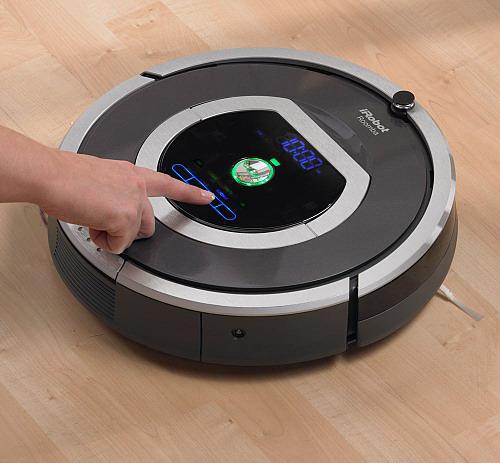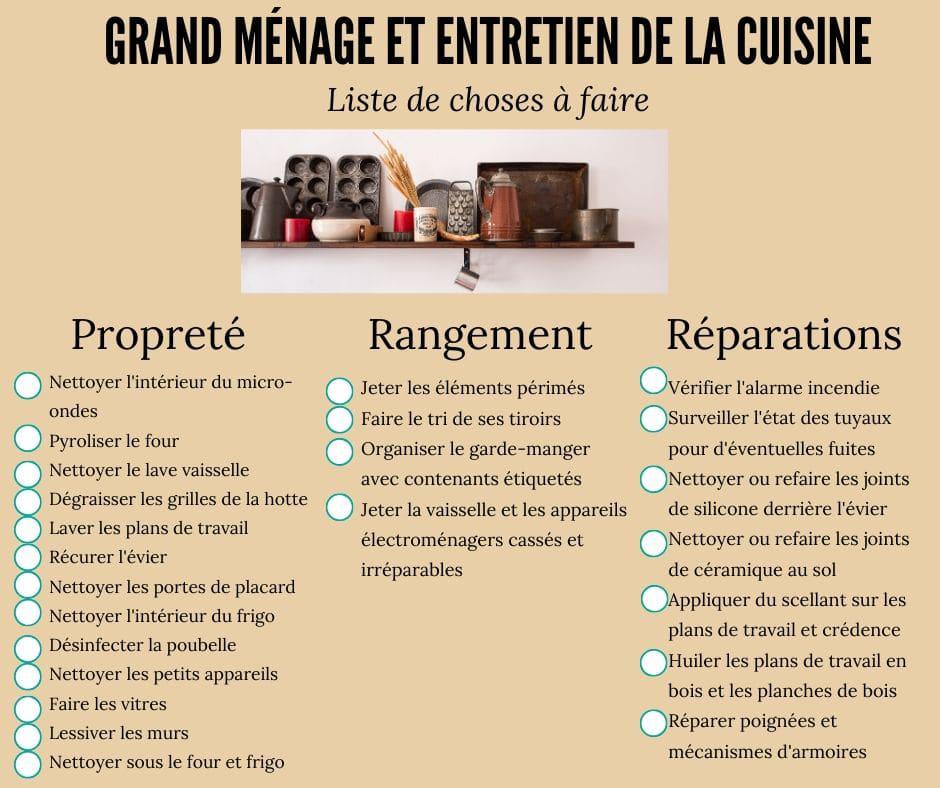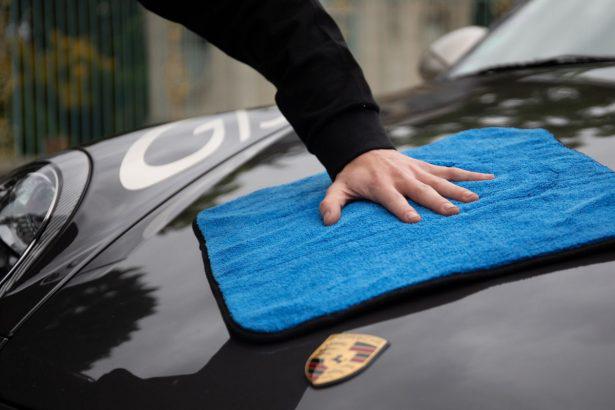What type of soil? Cartography, what is it? With or without mop? A dump station and automatic cleaning function? The idea of this article is to take stock of the criteria for buying a robot vacuum cleaner and to give you an overview of the market and the models available, the most expensive robot vacuum cleaners like the Samsung Jet Bot AI+ to more affordable ones like the iRobot Roomba 694
Choosing a robot vacuum cleaner is not easy. After all, there are so many brands and specs that it's hard to even figure out where to start. That's why we decided to create this comprehensive buying guide with tips and information on how to choose the best robot vacuum for your home or office.
Contents
Buying tips: What to look for in a vacuum cleaner robot
The purchase of a robot vacuum cleaner should be carefully considered. Indeed, by not being careful, you risk buying a device that will end up requiring much more attention than desired. Worse than that, you could end up with a device that is not compatible with Wi-Fi or that does not clean carpets effectively, for example. This is why I preferred to detail separately the main features to look for in a robot vacuum cleaner when buying it.
Most of today's robot vacuums are compatible with iOS and Android through a companion app. Additionally, they work via voice commands in conjunction with virtual assistants like Google Assistant and Alexa on Google Nest Home devices or with Amazon Echo.
Manufacturers like Roborock and Ecovacs also offer support for Siri Shortcuts, allowing the robot vacuum cleaner to be connected with Siri on Apple's HomePod speakers.
And if you are a fan of routine creation services such as IFTTT, know that most brands available on the market offer compatibility with this powerful application for Android and iOS.
Depending on the model of the robot vacuum cleaner, its connection to the internet may require prerequisites which, in the end, will be important for a better experience with the product. Support for 2.4 or 5 GHz Wi-Fi networks is most common, however, some brands may also require a maximum number of characters in the network connection info to complete Wi-Fi pairing.

This is for example the case of the Lefant F1 model, where there is a limit regarding the number of characters in the SSID and the Wi-Fi network password to work. In this case, they must be less than ten characters.
The house surface mapping system is often one of the most relevant functions of this type of device, since it is through navigation that a robot vacuum cleaner automates the cleaning of each room. Some models use in-device LiDAR sensors to perform simultaneous localization and mapping (or SLAM).
Also known as Synchronized Location and Mapping, SLAM is a mapping technology that also tracks the location of the device within the mapped area. So the robot knows where it has to go. If you purchase additional charging stations, some models will allow you to map multiple floors.
Robot vacuums often have up to three levels of suction: light, medium, and maximum. However, higher end models tend to offer up to four levels of suction. The difference is of course in the suction power of the dust, but also in the automatic change of the suction level in the presence of carpets, for example.
So when it comes to suction power, some brands present it in Watts and others in Pascal (Pa). The two units aren't directly comparable but if you're looking for suction power, most current devices fall between 2000 and 2500 Pa.
In addition, the suction power is directly related to the price of the robot vacuum cleaner. Another point to consider is that the higher the suction level, the louder the noise of the robot vacuum will be.
Thanks to sensors, vacuum cleaners understand what objects are in front of them. Depending on the settings, you'll have models that avoid tables, chair legs, and toys, all the way to more advanced models that detect socks, wires, bugs, and other objects in front of them. The most advanced robot vacuums recognize socks, cables, pets, and even possible pet feces.
Besides the basic obstacles, given the nature of these automated devices, no robot vacuum cleaner was designed to go up and down stairs. However, it must be recognized that some models manage to circumvent obstacles with a maximum height of 1 cm. However, over time, these ups and downs can damage the sensors and decrease the usability of the robot vacuum.
Finally, when it comes to carpet recognition, entry-level and mid-range vacuums can often have difficulty cleaning these surfaces, as they have lower suction power. This is what we clearly saw during our test of the Yeedi 2 Hybrid which is worth around 300 euros. Therefore, for the specific use of robot vacuums on carpets, I recommend using traditional vacuums or really premium models instead.
Robot vacuums vs canisters vs upright vacuums: What are the differences?
The big difference between a robot vacuum cleaner and other options on the market is that the former does the cleaning itself. cleaning, based on a navigation map and avoiding any obstacles. However, upright vacuums tend to clean carpets deeper, while canister vacuums offer more flexibility and a wider cleaning range.
In addition, given the nature of upright and canister vacuums, the chances of accidentally picking up socks and other objects are reduced, since you control the device yourself. The risk of injuring a sloth animal is also reduced.
However, in addition to taking time to perform the task, the more efficient conventional models tend to be heavier and sometimes make more noise, especially the upright model. You will also need to consider that canister type purifiers require more space as they are bulky.
Handheld vacuums are also great options to use in conjunction with robot vacuums, as they can clean in places that robots typically can't reach, like room corners, baseboards, and the ceiling. You can also use this type of device to clean furniture such as sofas and even car interiors.
Finally, there is still a differentiation within the universe of robot vacuum cleaners, since there are models that not only suck dust but also wipe. Called combo robot vacuums, these models offer a water tank and a mop or disposable mops for vacuuming and mopping at the same time.
How do robot vacuum cleaners work and how do I use them?
Robot vacuum cleaners are designed to perform automatic house cleaning. Therefore, these devices can be activated manually, or on demand through specific programming, and can perform cleaning even when you are not at home.
All models are equipped with a charging station, so you don't have to worry about recharging them. Additionally, higher-end models have docking stations that are even capable of self-cleaning, emptying the dust bin from time to time.
When it comes to efficiency, there are a few things to consider here: type of floors, amount of obstacles, charging cables, toys, shoes, and fallen clothes may stop the robots during the cleaning process. The cleaner the space, the more effective the cleaning will be. Also, as we mentioned earlier, some models of robot vacuum cleaners clean carpets, tiles, parquet floors and different types of floors better than others.
How to clean a robot vacuum?
As a robot vacuum user, I can assure you: these devices make life too easy, but you will have to do your part of the deal. Emptying the dust bin is the most basic maintenance function of a robot vacuum. If the device offers a water tank for cleaning the floor, you will need to rinse it each time the function is activated, as well as change the cloth each time the process starts and ends.
Of course, nowadays, some brands offer disposable cloths for purchase, but this option is not really sustainable.
Also, you may need to remove some parts of the inner cabinet for thorough cleaning, especially if you have pets at home, such as dogs or cats. The brushes may also require special attention from time to time, as well as cleaning the drop sensor.
However, it is clear that by investing in more expensive models, you will take advantage of features like self-cleaning. But if investing over $1,000 in a robot vacuum is pretty absurd, then paying attention to the size of the dust bin will be a big factor. So the bigger it is, the less often you will have to empty it.
Yes, there are models with an automatic cleaning function. And the latest invention in this field is the self-cleaning docks, which are not only able to empty the dust bin, but also fill the water tank and even wash the bottom and other parts of the tank. 'robot vacuum.
To do this, companies like Ecovacs use the vacuum's charging station as a standalone cleaning station, so you don't have to remove dirt for weeks. In the video below you can see the Ecovacs cleaning station in action:








